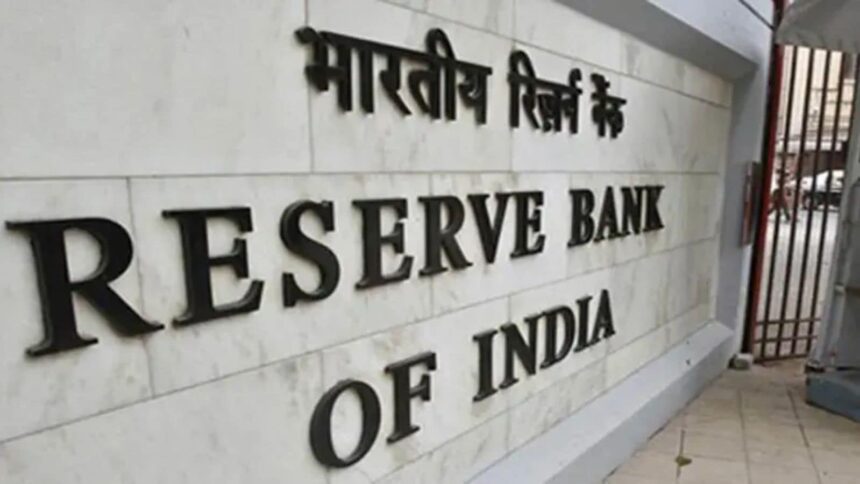Despite a restoration of risk weights on their loans to non-banking finance companies (NBFCs), banks are still wary of lending to non-bank players that are focusing on unsecured personal loans and the microfinance segment.
Among the NBFCs, small and mid-sized players having lower credit ratings and with unsecured loan books are the ones facing major challenges in raising funds from banks.
In February this year, the Reserve Bank of India (RBI) had slashed the risk weights of bank loans to NBFCs by 25 percentage points depending on the ratings. In November 2023, the regulator had increased the risk weights on such exposures of banks by 25 percentage points in cases where the risk weight as per external rating of NBFCs was below 100 per cent.
Risk weight refers to the capital banks must keep aside as provisioning to cover any loan defaults.
“Banks are still reluctant to lend to NBFCs which are engaged in micro finance, consumer loans or personal loans,” said Shachindra Nath, founder and managing director, UGRO Capital Ltd, an NBFC specialising in MSME and small business financing.
He said UGRO continues to get funding from banks. The NBFC did not face any issues even when the risk weights were increased.
“You may not see a sharp uptick in the loan disbursement to NBFC because of the lowering of risk weights. Irrespective of risk weights, banks are continuously wary of NBFCs, especially mid and small-sized,” said Prakash Agarwal, Partner, Gefion Capital Advisors, a capital and strategy advisory firm.
Most of the small-sized NBFCs have a good percentage of their loan portfolio in unsecured and semi-secured segments. These NBCFs have slowed down their lending, resulting in a decrease in demand for loans.
“Besides, banks are also cautious of lending to NBFCs with lower ratings,” Agarwal said.
It could be noted that banks lending to the NBFC sector grew by 5.7 per cent as of March 21, 2025, from a growth of 15.3 per cent as of March 22, 2024.
Analysts also said that since the revised risk weights on bank loans to NBFCs came into effect from April 1, 2025, it is too early to assess lenders’ interest in extending loans to the sector.








